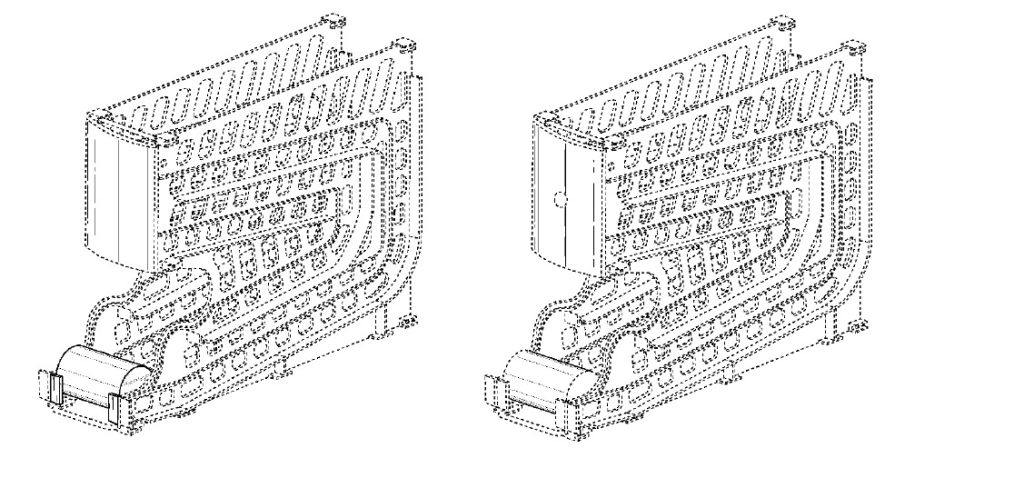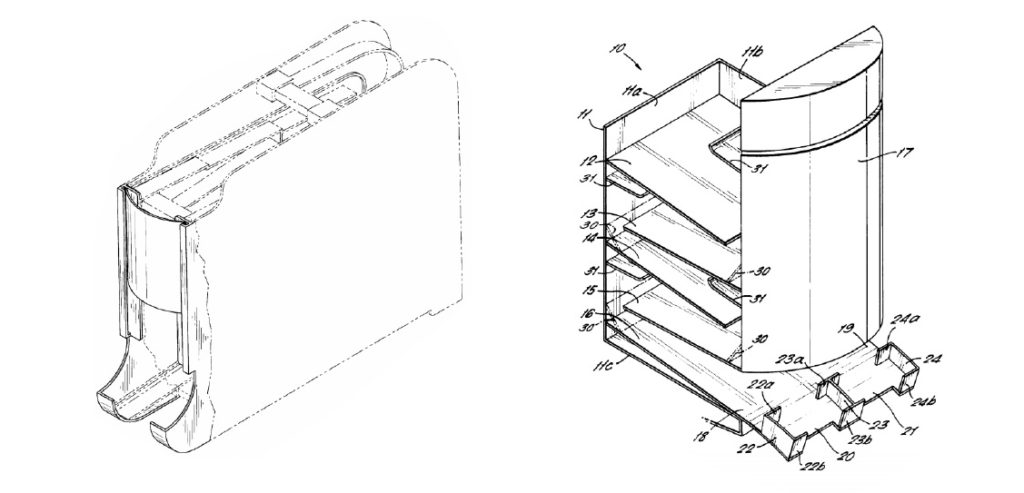In OSI Pharmaceuticals, LLC v. Apotex Inc., [2018-1925] (October 4, 2019), the Federal Circuit reversed the PTAB’s determination that claims 44-46 and 53 of U.S. Patent No. 6,900,221 on the use of erlotinib on non smallcell lung cancer (NSCLC) would have been obvious because the Board’s finding of a reasonable expectation for success was not supported by substantial evidence.
The Board found that the disclosures in OSI’s own 10-K that erlotinib targeted a variety of cancers including NSCLC, and that erlotinib had entered Phase II clinical trials, would have provided a person of ordinary skill with a reasonable expectation of success in light of the other prior art references. The Board concluded that an ordinary artisan would under-stand from the commencement of Phase I studies referenced in the 10-K that “pre-clinical animal efficacy data” had been submitted to the FDA.
The Federal Circuit said that an obviousness determination requires finding that a person of ordinary skill in the art would have been motivated to combine or modify the teachings in the prior art and would have had a reasonable expectation of success in doing so. The Federal Cicuit said that when the references are properly read, the Board’s finding that the asserted references provide a reasonable expectation of success also is not supported by substantial evidence.
The Federal Circuit noted that the record does not contain any clinical (human) data or pre-clinical (animal) data. It did not even include in vitro (test tube) data regarding erlotinib’s effect on NSCLC. The Federal Circuit added that at the same time, it is undisputed that NSCLC treatment was highly unpredictable with an over 99.5% rate of failure for drugs entering Phase II clinical studies. On this record, the Federal Circuit was not persuaded that a reasonable fact finder could conclude that a person of ordinary skill would have reasonably expected success based on the combination of the references and OSI’s 10-K.
The Federal Circuit examined one reference (Gibbs) that said “these compounds appear to have good anti-cancer activity in preclinical models, with an acceptable therapeutic index, particularly in patients with non-small cell lung cancer. The Federal Circuit consulted the footnotes and conclude that the reference as a whole would not be understood by a person of ordinary skill in the art to refer to erlotinib, because the supporting article did not refer to erlotinib. The Federal Circuit said that the Board’s finding that there is a “clear inference” in Gibbs that “erlotinib has anti-cancer activity against non-small cell lung cancer” is thus not supported by substantial evidence.
On the specific issue of reasonable expectation of success the Federal Circuit found that the asserted references do not disclose any information about erlotinib’s efficacy in treating NSCLC in a mammal (in Scnhur and Gibbs). These references contained no data or other promising information regarding erlotinib’s efficacy in treating NSCLC, just cancer generally and this was not enough “because of the highly unpredictable nature of treating NSCLC.” With respet to OSI’s own 10-K the Board emphasized the 10-K’s statement that erlotinib had completed Phase I clinical trials, which require preclinical animal efficacy data. However, the Federal Circuit noted, there was nothing in OSI’s 10-K suggesting the existence of erlotinib preclinical efficacy data that is specific to NSCLC.
The Federal Circuit concluded that “[t]hese references provide no more than hope—and hope that a potentially promising drug will treat a particular cancer is not enough to create a reasonable expectation of success in a highly unpredictable art such as this.”


